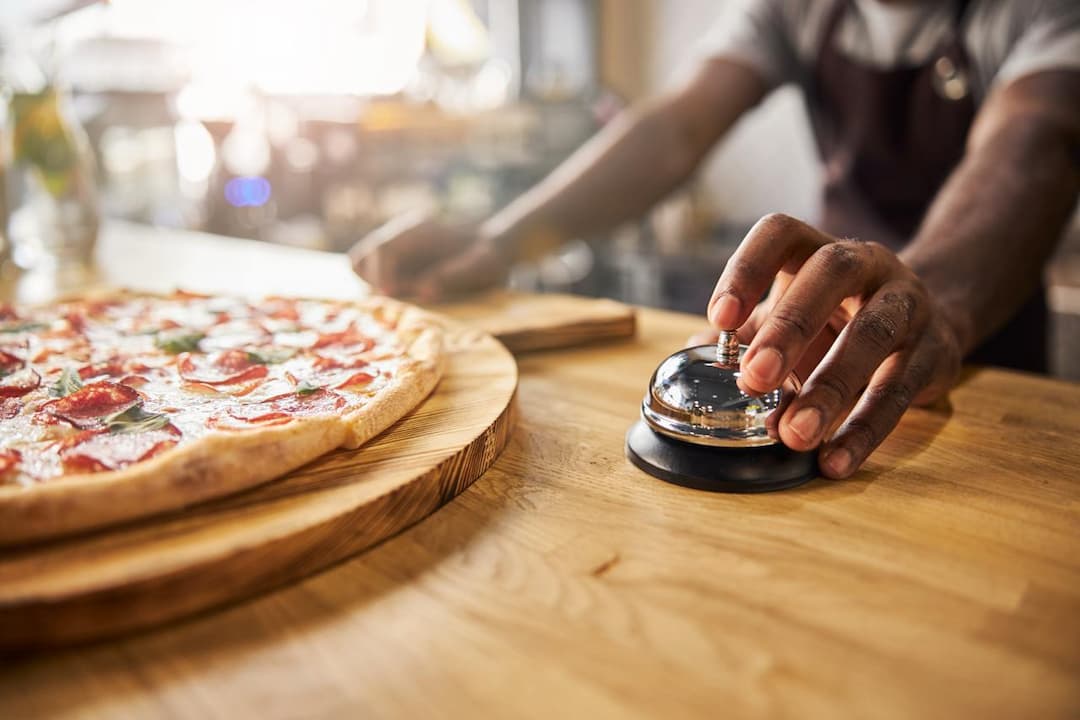What are the Differences Between Restaurant and Pizza POS Systems?
Pizza POS System
There’s no doubt that technology has opened up a breadth of possibilities for accomplishing virtually anything with more ease than ever before. Thanks to instant integration of phones, tablets, and computer systems over networks or Bluetooth, transactions can be tendered and logged into systems immediately, which has been a boon for both restaurant and pizza POS system.
POS systems are no longer restricted to debit machines, hardwired to a console, or even tied to the site of the business. Now, point of sale systems are fully portable for use in restaurant table service or delivery service, doing away with the need to carry messy notes and heavy coins. However, restaurant and pizza POS systems also differ in a number of distinct ways, even though their primary purpose is the same.
What is a POS System?
Simply put, a POS system is a means of tendering transactions between outlets and customers electronically, although it can be used for many other functions of day-to-day business as well, such as labor management. It runs on a few key components, like software, card machines, and the interface for entering transaction details. Both restaurant and pizza POS systems run this way.
Though, on the surface, the restaurant POS and pizza POS system seem to be the same, there are distinctions that a business must be aware of before they purchase and integrate the wrong, expensive system.
Restaurant and Pizza POS Systems: What’s the Difference?
Toppings: While restaurants often have to deal with special changes and substitutions from time to time with their customers, pizza places often have to deal with custom orders in a much more complex manner. Pizza places offer a swath of sizes, toppings, and ingredients to choose from, and without a proper pizza POS system, keeping organized can seem overwhelming.
On a pizza POS system, ingredient management is as easy as programming the different prices for each ingredient and plugging them in at the point of sale. Even if there is no difference in price between toppings, pizza POS systems can still provide an account of the ingredient and topping combinations for both receipts and inventory management.
Speed Logging: Time has always been of the essence when delivering pizzas, often prompting promotions like free pizza if the delivery takes longer than a set time. A unique specialty of pizza POS systems is accounting for time lapses and using them to determine efficiency and areas to improve to streamline business better.
And because pizza POS systems are dedicated toward only pizza transactions, the interface is much more streamlined, meaning less time is spent plugging in numbers, eliminating cumulative time loss, which can add up quickly.
Delivery Management: Finally, pizza POS systems specialize in the particulars of delivery management, which are not a concern for restaurants operating an in-house POS system. This added feature can include maps and GPS positioning for pinpointing destinations and mapping routes quickly, keeping a customer database, and logging delivery times for drivers.
Pizza POS Systems by Adora
Knowing the fine distinctions between POS systems can mean the difference between running efficiently and lost time. If you have a pizza place and need a POS system, Adora Point Of Sale offers cloud-based pizza POS systems backed with Adora’s swift and intuitive POS software technology.




